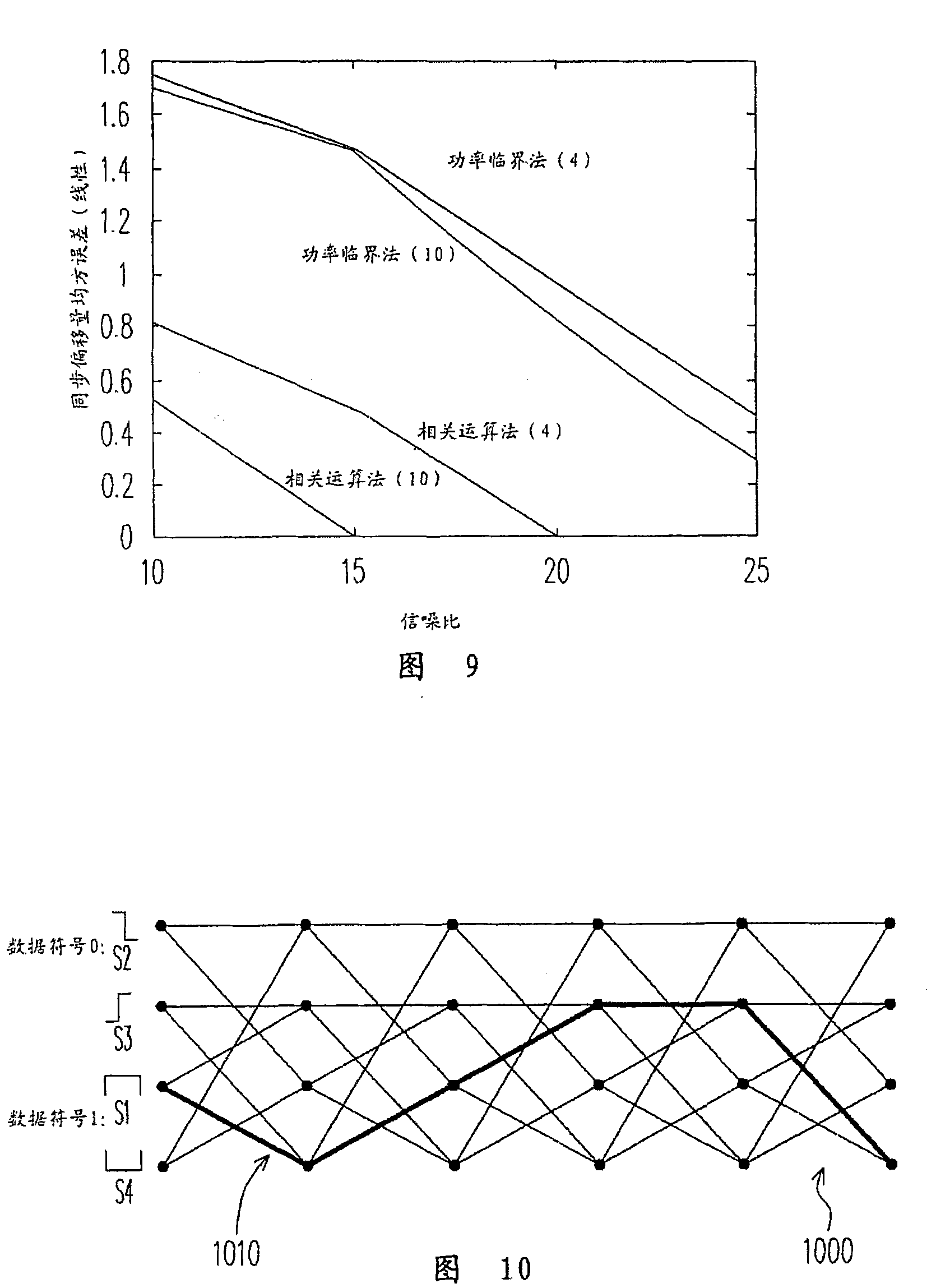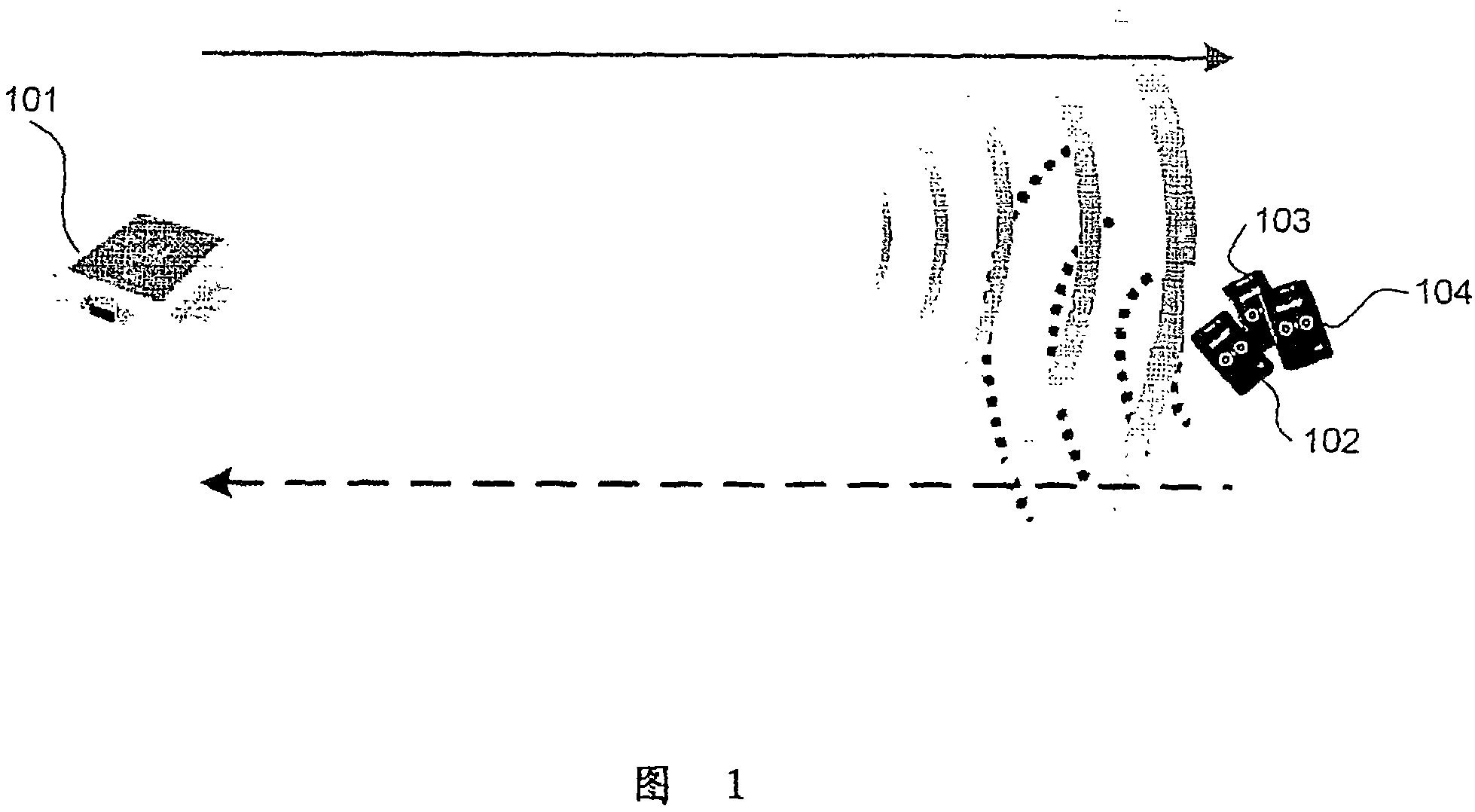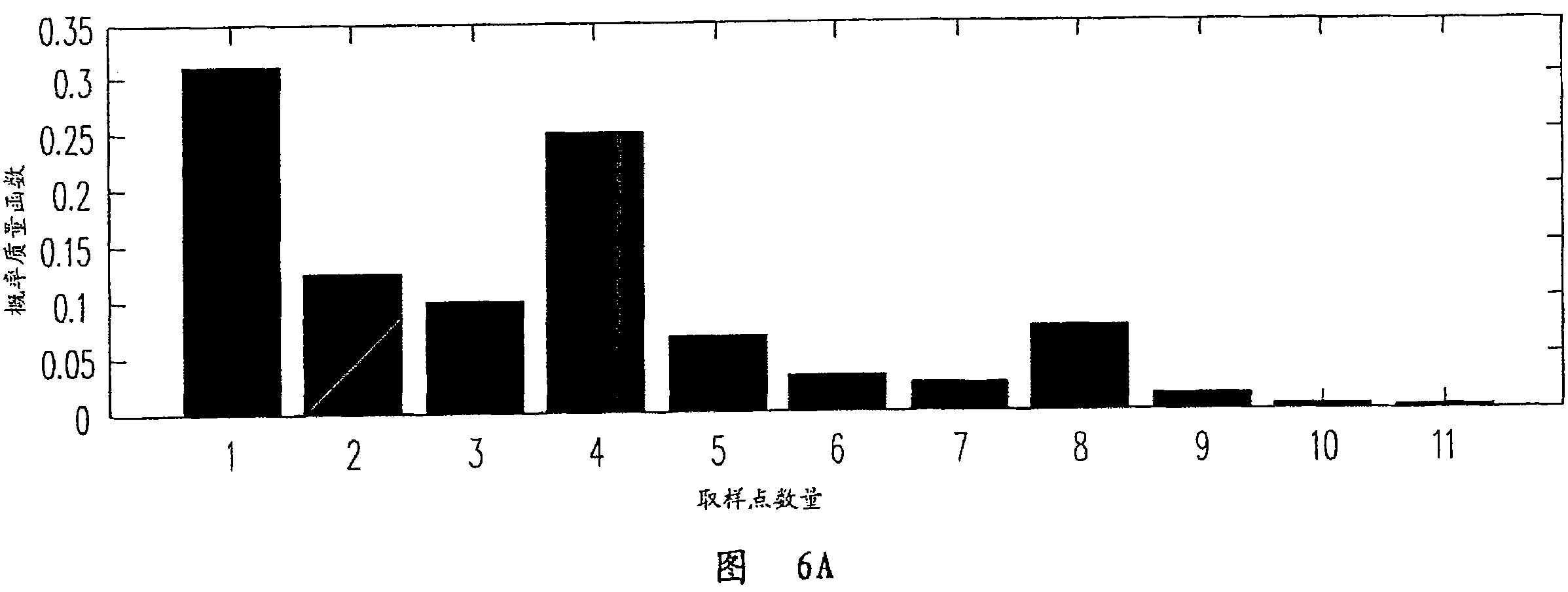Method and system for reading RFID tags
A radio frequency identification tag, radio frequency identification technology, used in instruments, inductive record carriers, computer parts and other directions
- Summary
- Abstract
- Description
- Claims
- Application Information
AI Technical Summary
Problems solved by technology
Method used
Image
Examples
Embodiment Construction
[0048] In a typical tag signal, an RFID tag transmits data continuously and repeatedly. The label data for each repetition is included in the data frame. Instead, each data frame is guided by leading data. Each leading data and data frame contains multiple symbols. Figure 4 It is a key flow chart of a method for reading a radio frequency identification tag according to an embodiment of the present invention. First, a tag signal is received from an RFID tag (ie, step 410), and then the data clock rate of the tag signal is restored (ie, step 420). When the data clock rate is identified, a synchronization step is performed to calculate the position of the frame synchronization point between the preamble and the data frame following the preamble (ie step 430). This frame synchronization point is the point where the leading data ends and the data frame begins. After identifying the data clock rate and frame synchronization point, the process proceeds to decode the data frame a...
PUM
 Login to View More
Login to View More Abstract
Description
Claims
Application Information
 Login to View More
Login to View More - R&D
- Intellectual Property
- Life Sciences
- Materials
- Tech Scout
- Unparalleled Data Quality
- Higher Quality Content
- 60% Fewer Hallucinations
Browse by: Latest US Patents, China's latest patents, Technical Efficacy Thesaurus, Application Domain, Technology Topic, Popular Technical Reports.
© 2025 PatSnap. All rights reserved.Legal|Privacy policy|Modern Slavery Act Transparency Statement|Sitemap|About US| Contact US: help@patsnap.com



